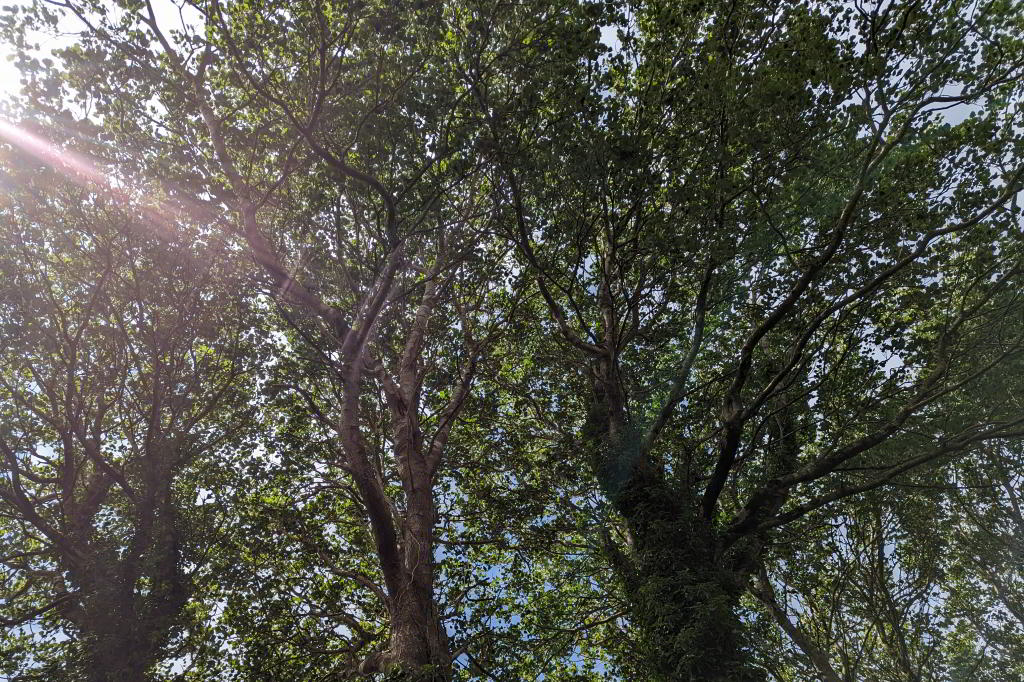Trewerry Cottages
Self catering holiday accommodation in rural Cornwall close to the North Coast
Trewerry Nature Trail
Guests are welcome to use our private (1.2 km) nature trail, which winds its way North from our hamlet. The majority of the land was acquired by us in 2023. The trail is along a dismantled section of the track bed of the Treffry Estate Railway, linking Newquay Harbour to East Wheal Rose, an old lead mine, now home to Lappa Valley railway. The trail is generally well drained, but wellies or walking boots are reccomended after heavy rain.
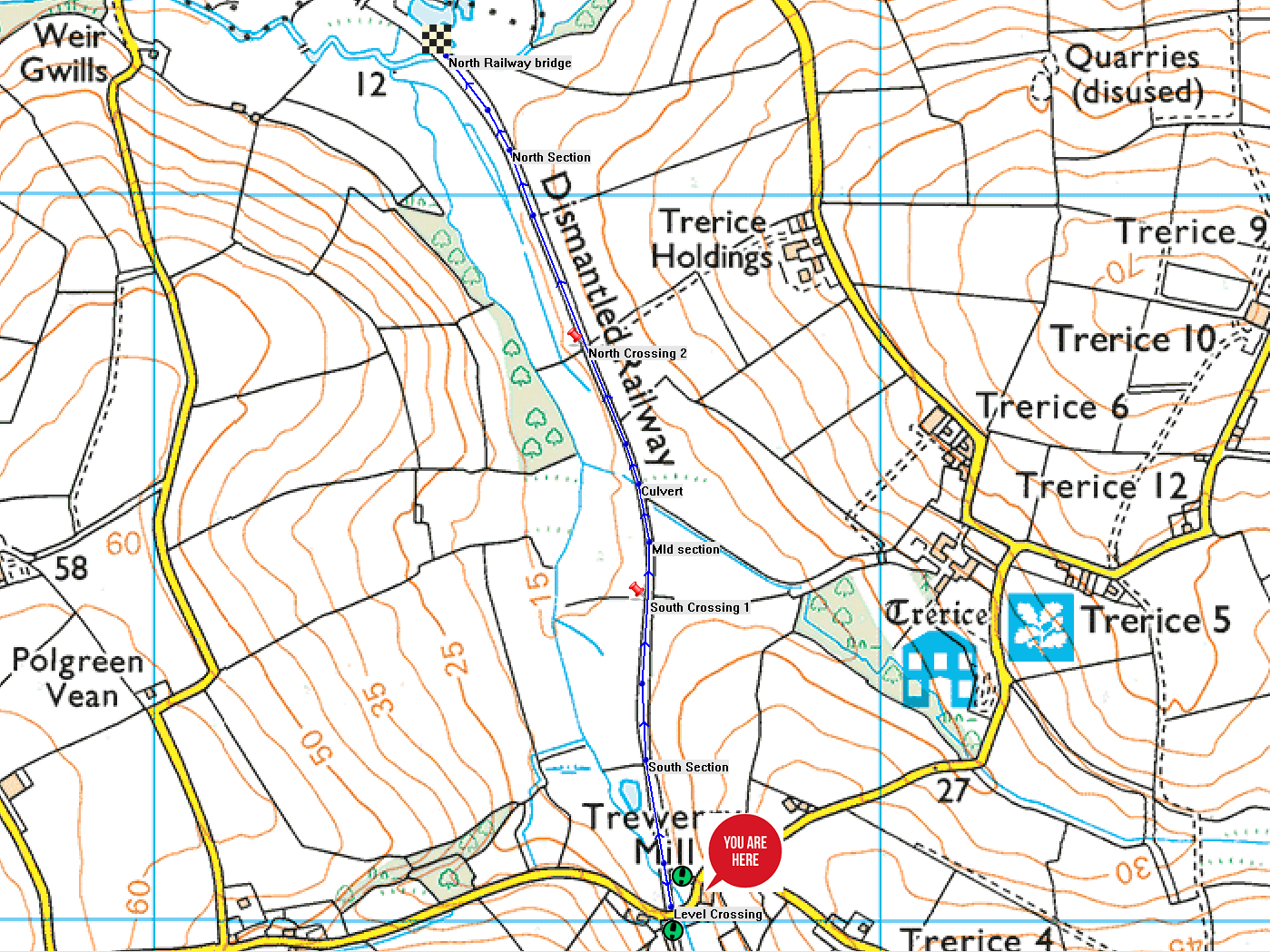
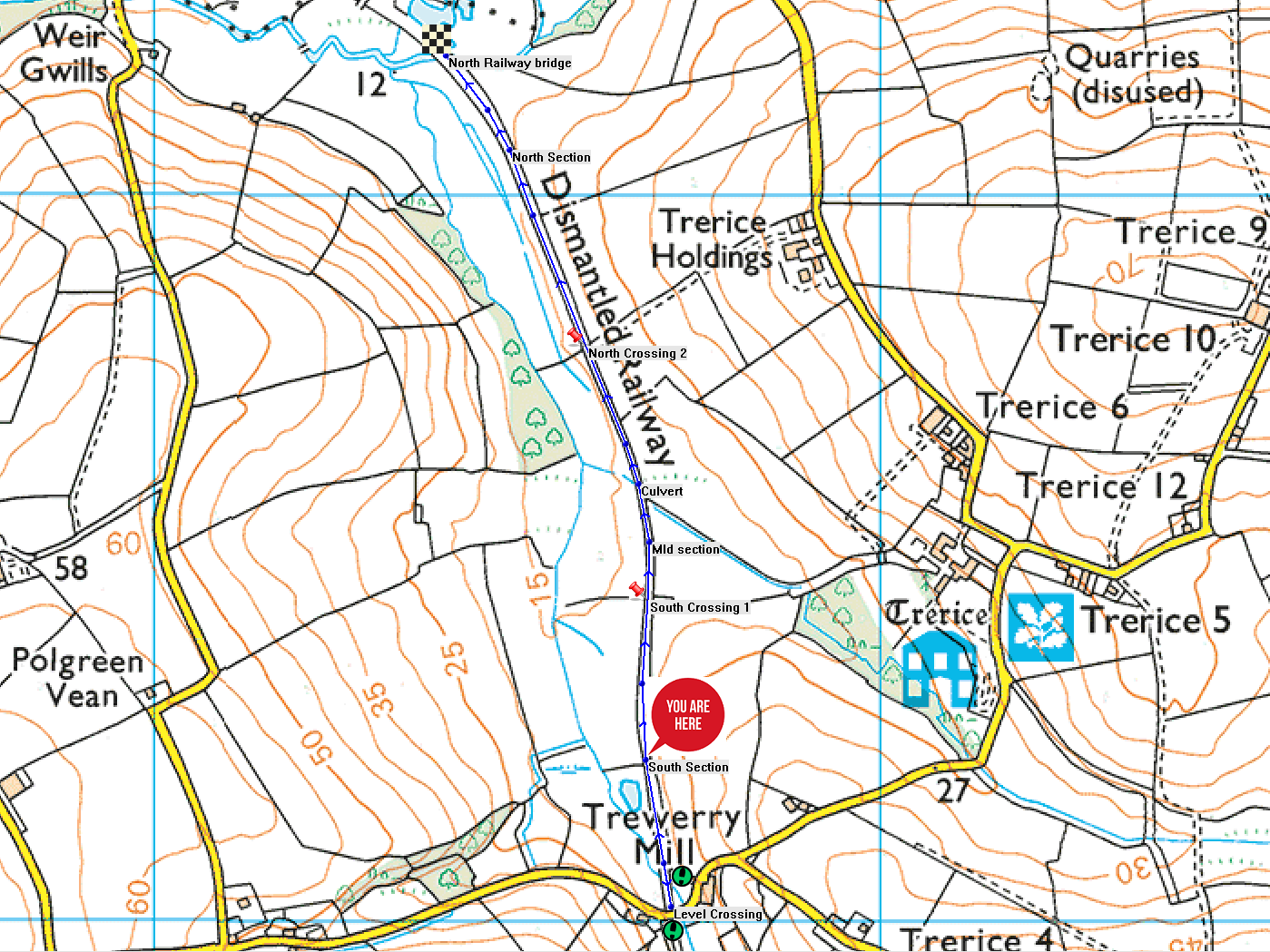
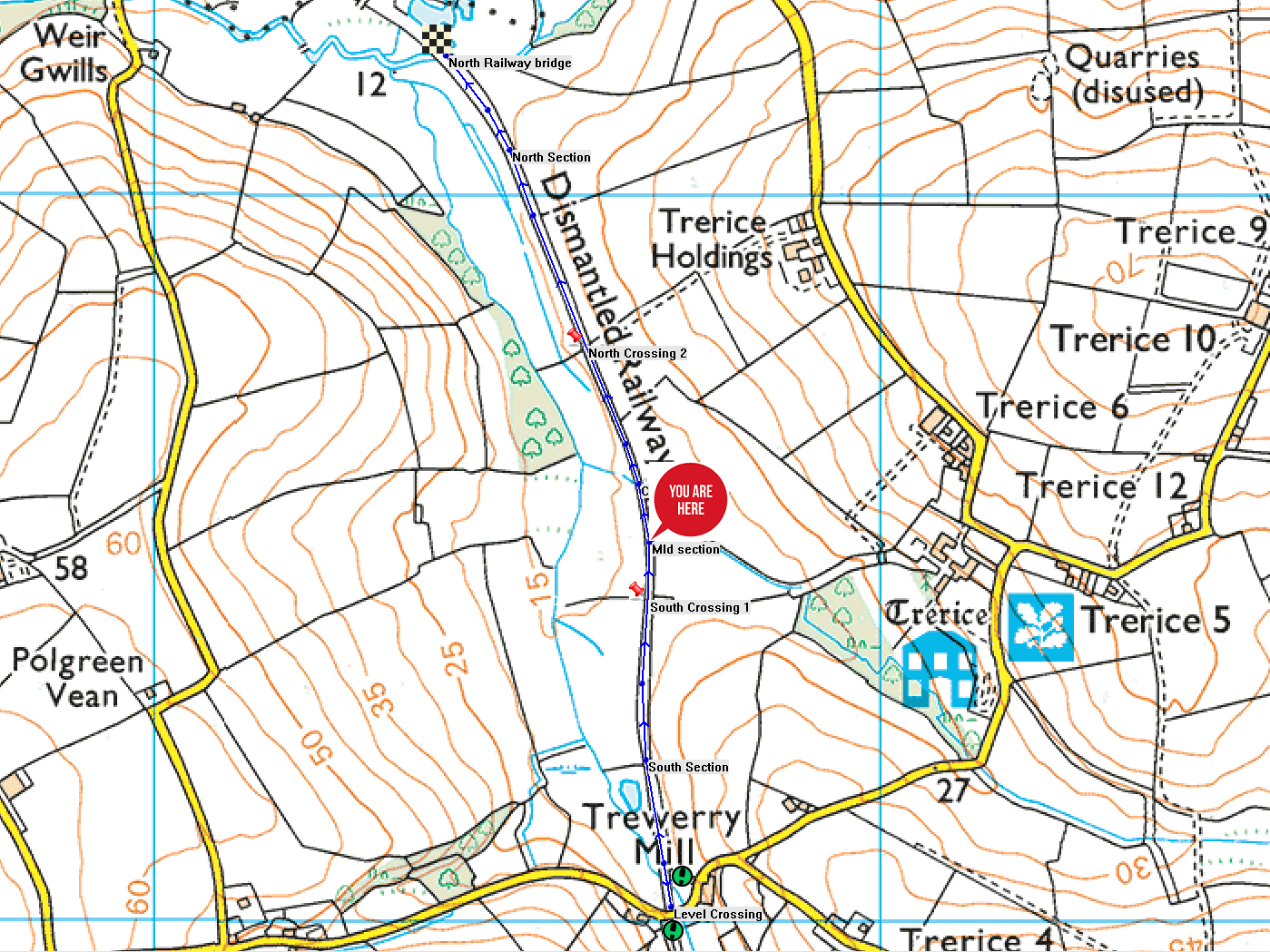
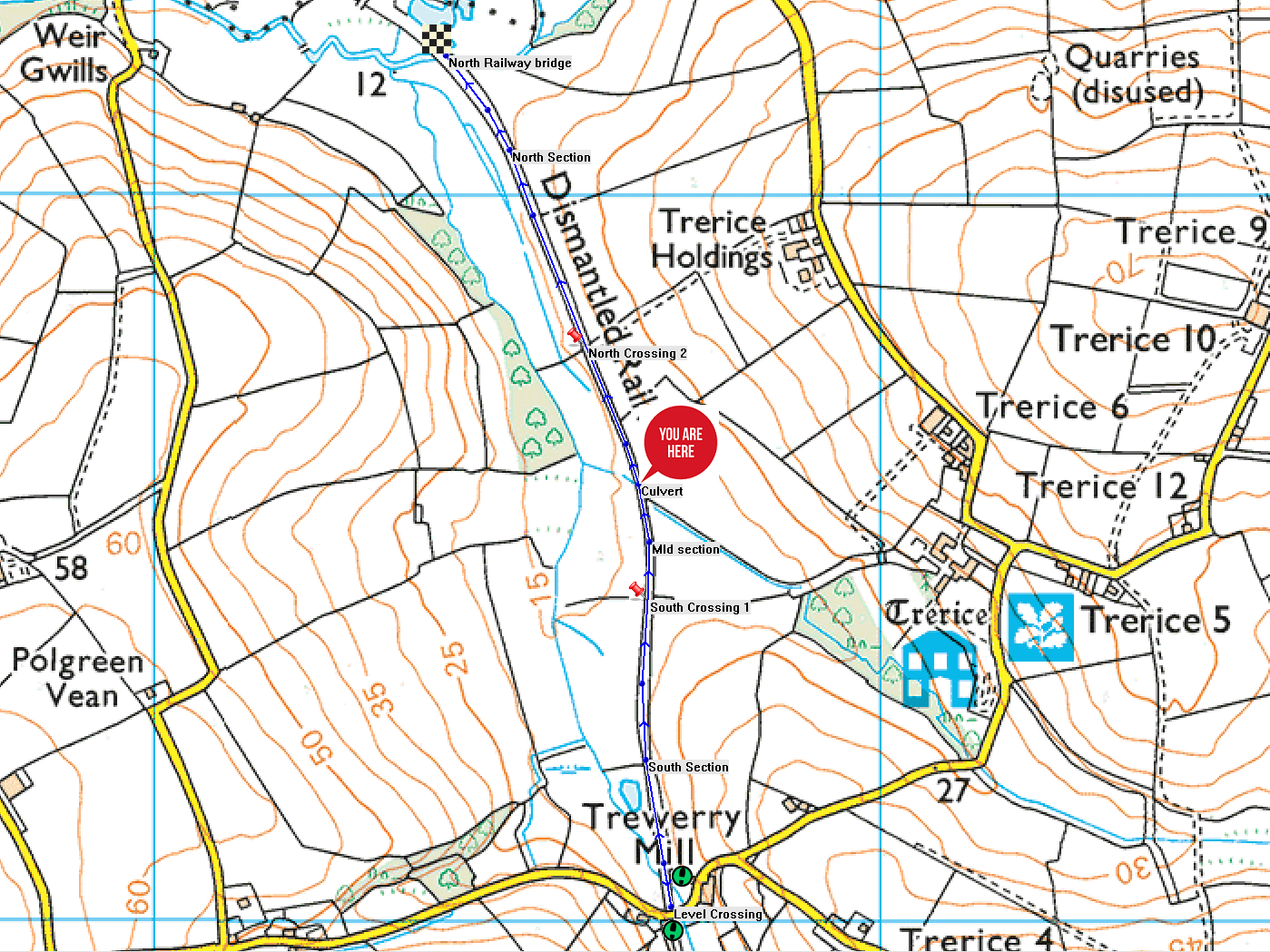
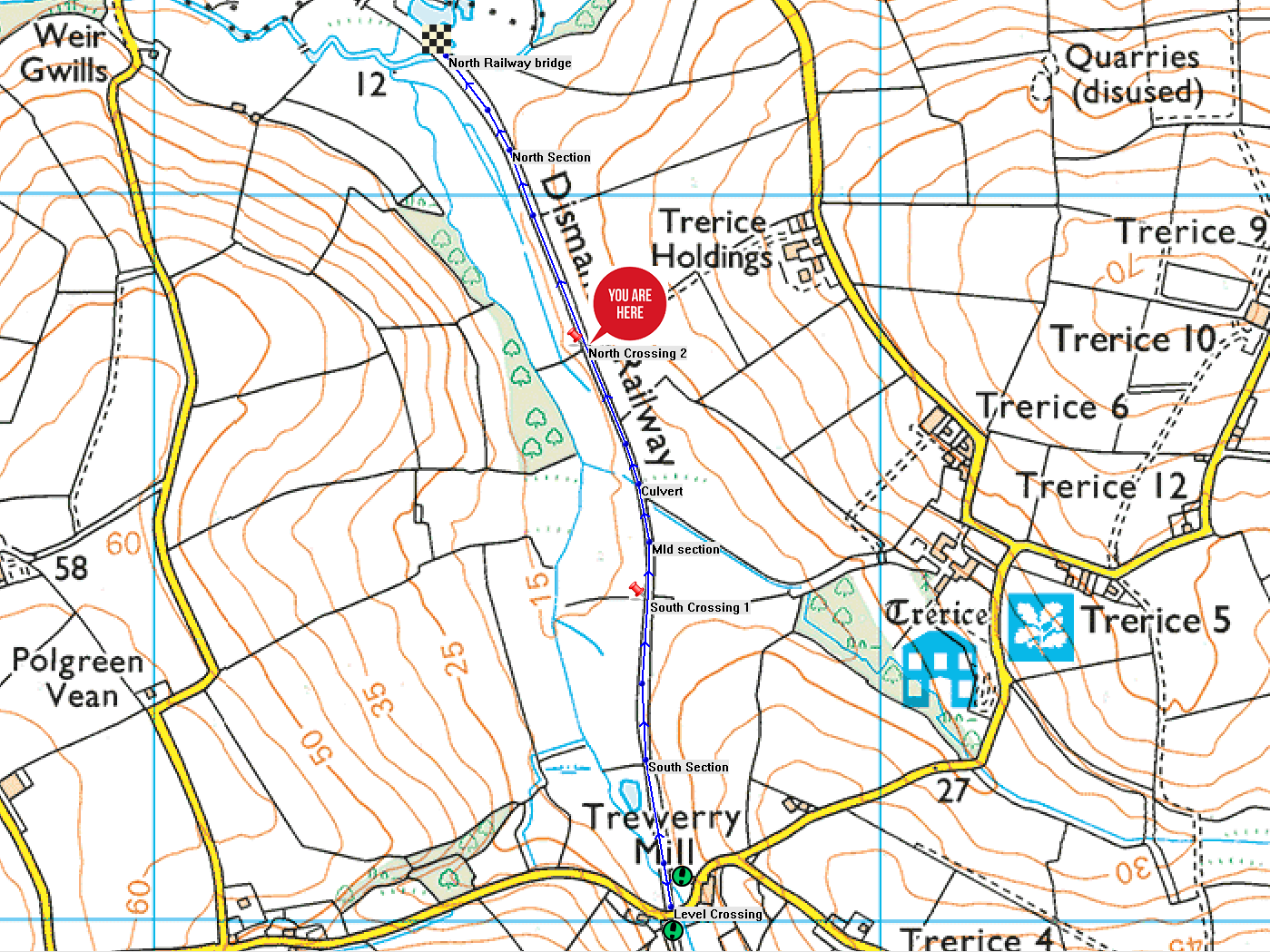
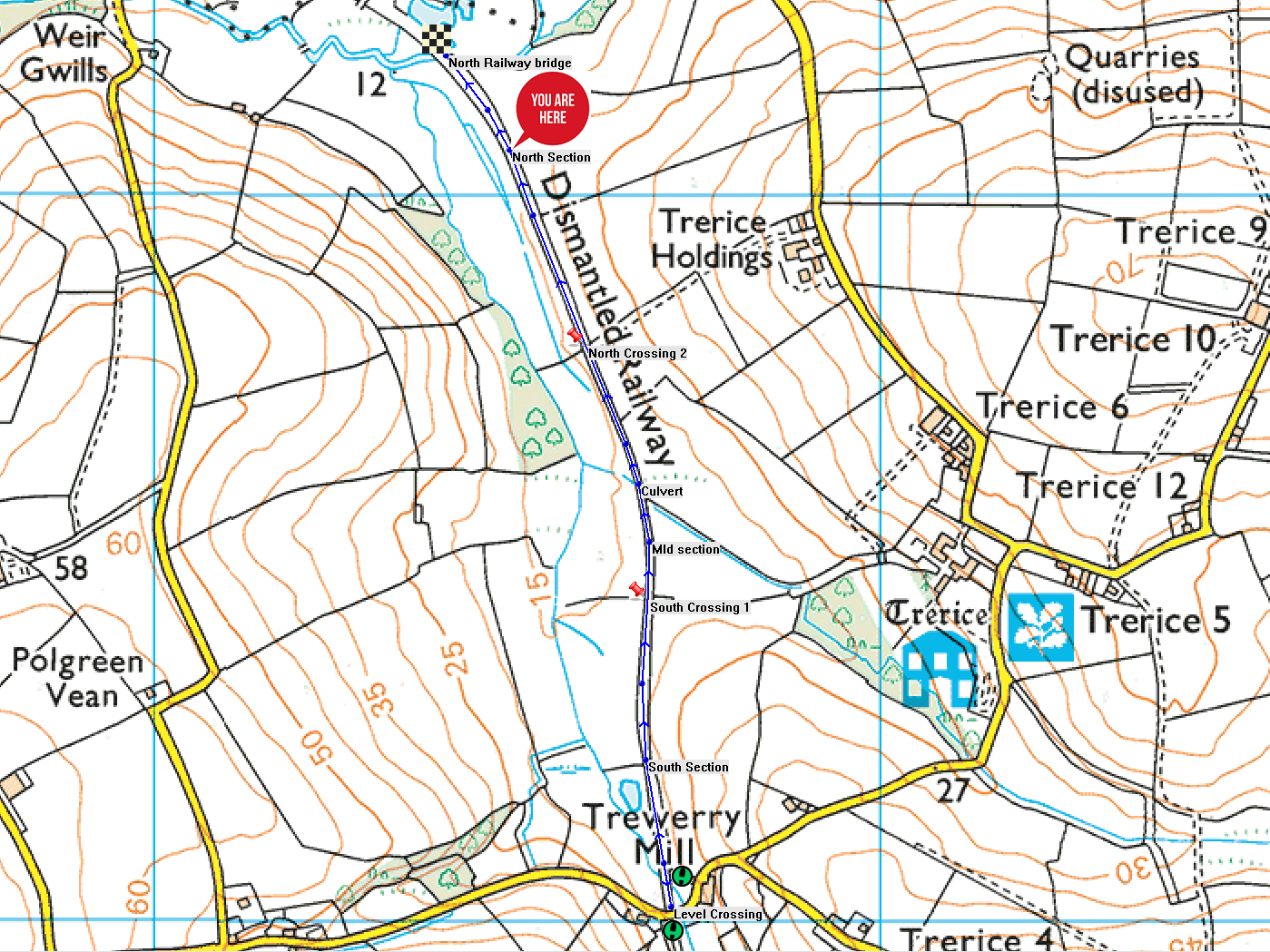
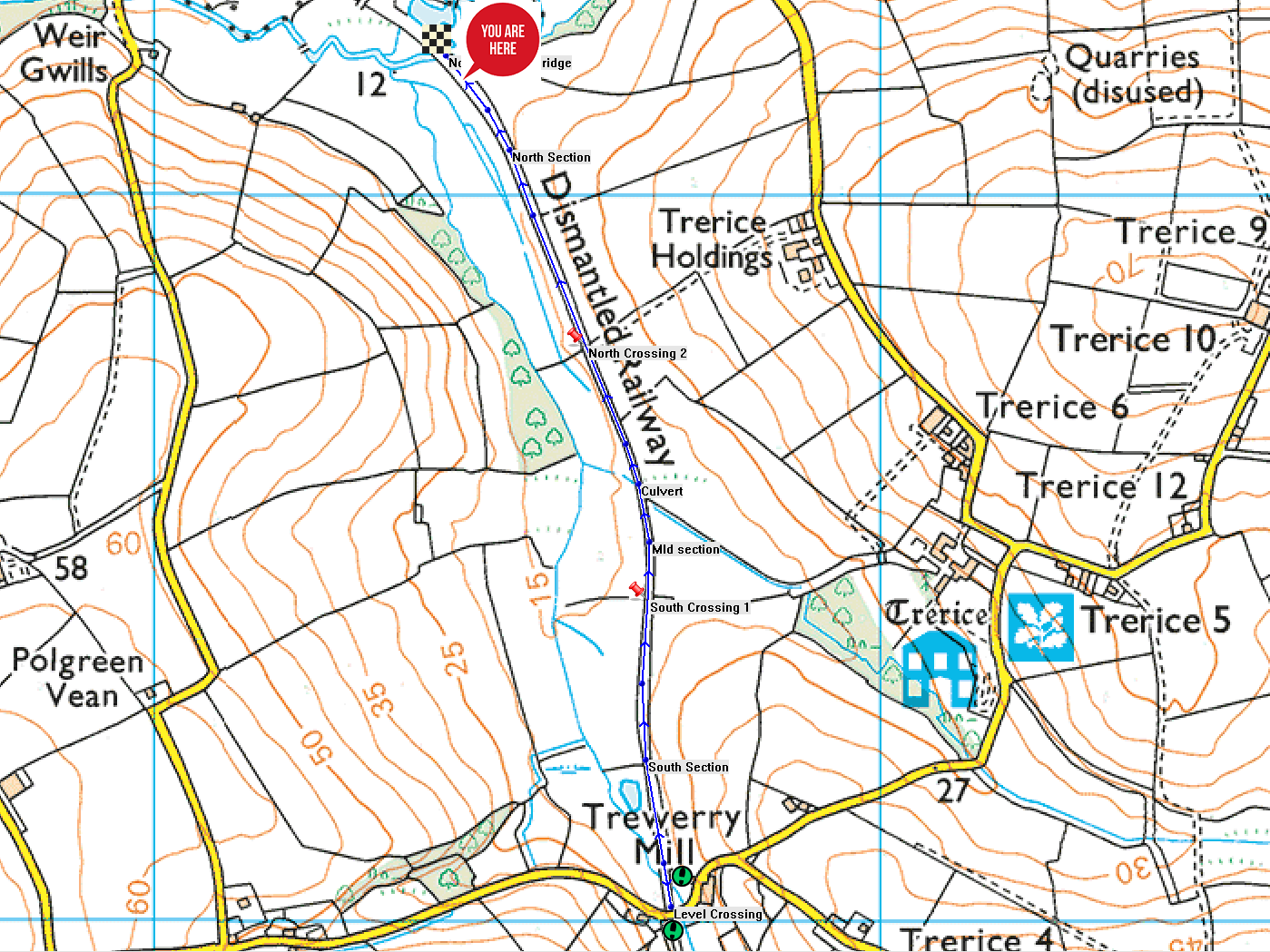
Dogs: what we request of you
Guests are welcome to take well behaved dogs on the trail, please be aware there is a working diary farm that operates on both sides, the farmland is private. Dogs should be on leads, unless they have excellent recall (this helps keep the peace with the farmer). If the dog makes a deposit on manoeuvres just flick the poo to the side off the path. Beetles will thank you for augmenting their menu. If in the unlikely event you come face to face with a cow on the trail, please back off and let us know.
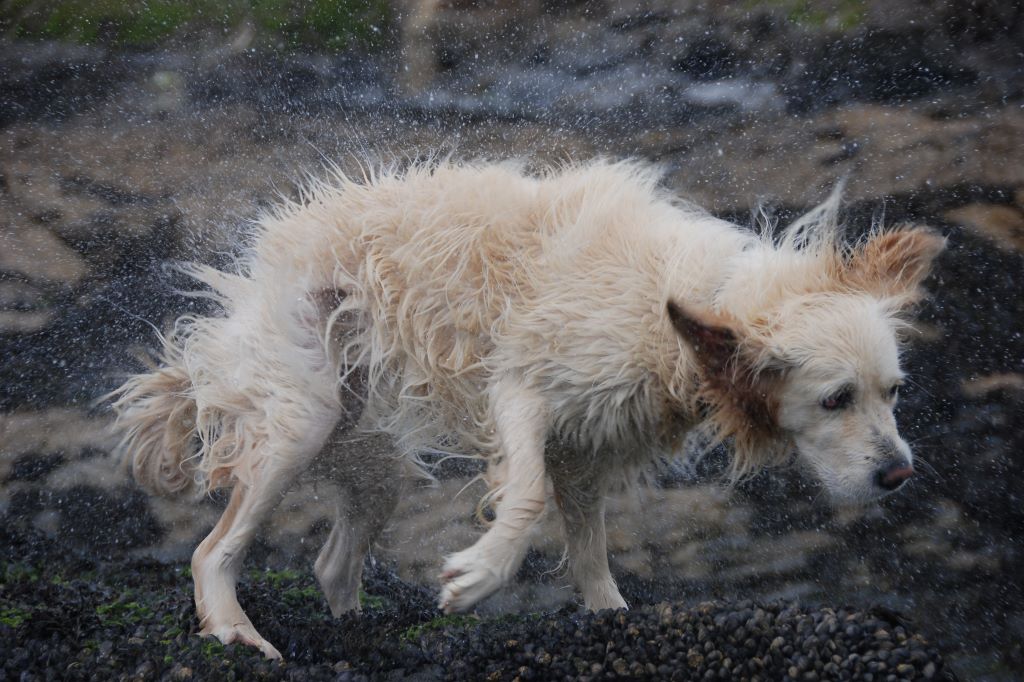
The Nature trail is roughly divided into three sections, demarked by two farm crossings.
South Section (400m)
Starting either from the old level crossing at the lane by Trewerry Halt, or from our car park up onto the old coal siding by the fig tree, this section has been allowed to regenerate in a quite wild manner in places, with lots of blackthorn providing cover to nesting birds and protection to young trees from grazing deer. There are numerous large ash, with sycamore, hawthorn, poplar and oak. Walking through a clearing you may catch glimpses of Canada Geese nesting on our neighbour's pond to the west during the spring. Bluebells have started to colonise the ground and look delightful in the spring
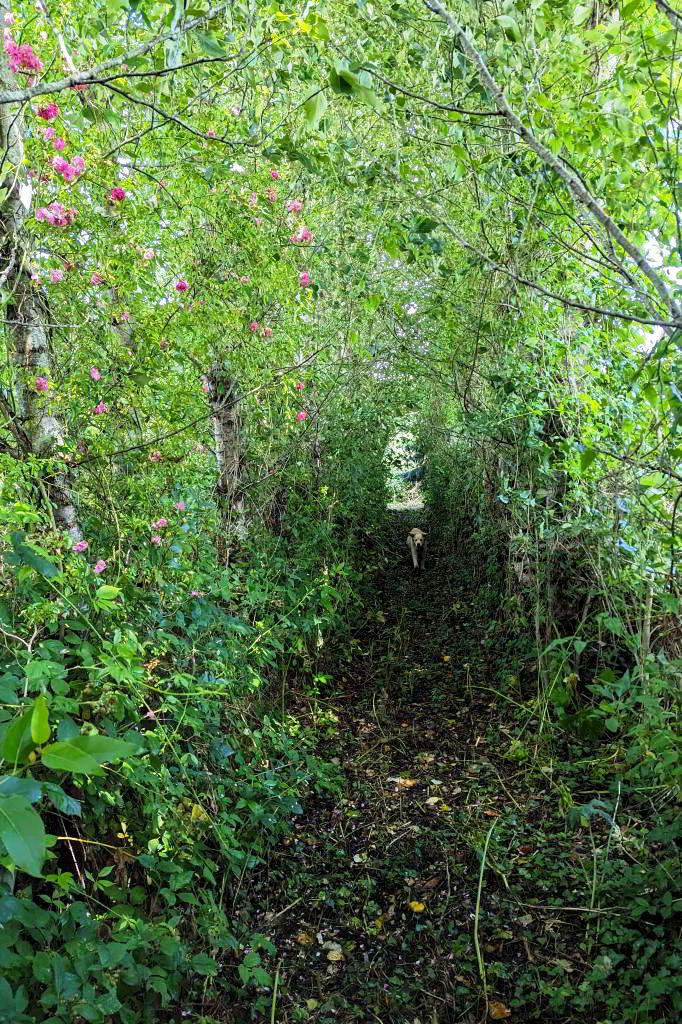
Mid section (370m)
This is marked by the south (first) farmers crossing and now the vegetation opens up to offer wide open views of the valley, the adjacent farm is run on organic principles and the cattle enjoy being let out to the water meadows to the west in the spring. Crossing a culvert you may notice several ponds dug in 2023 by the farmer on the east side, they will offer many new opportunities to invertebrates such as damselfly and dragonfly, as well as newt and frog species. Further on, looking uphill to the east the farm rolls across the undulating landscape, demonstrating why Cornwall is still a major milk producer. In the winter the streams often flood and the flat valley bottom becomes saturated, offering refuge for many over wintering birds. Notice how sedges and hemlock water dropwort colonise the ground, not so good for farm productivity, great cover for wildlife!
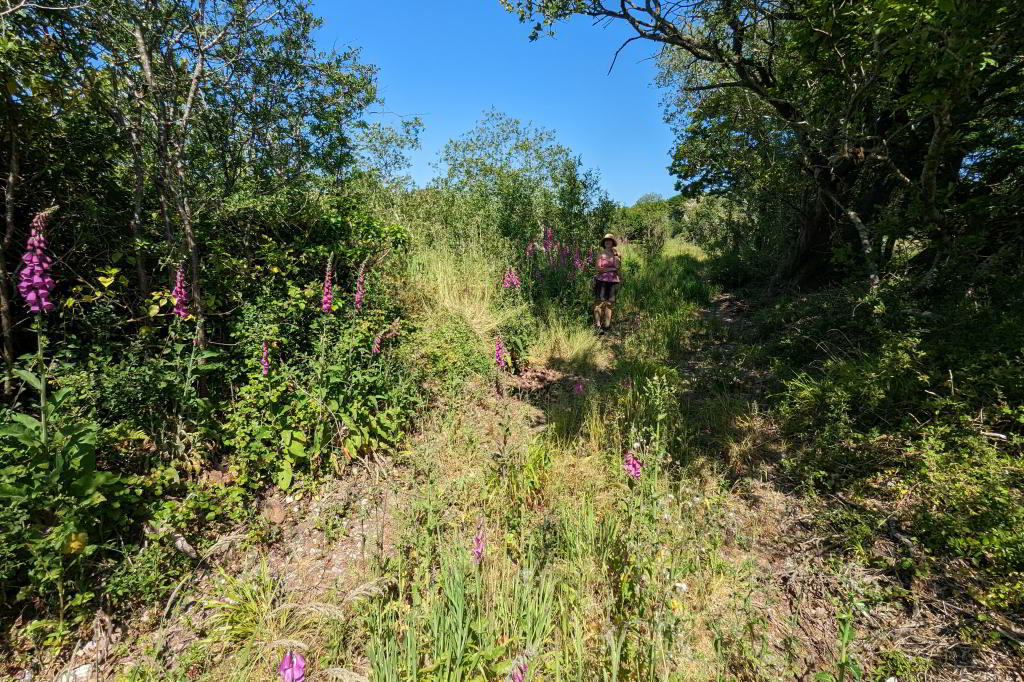
North Section (450m)
Up a small incline and across the north farm (second) crossing you descend into a cutting with several stands of sallow and goat willow, also there are some mature grey poplar that you can hear rustling in the wind, a characteristic of the hybrid tree. Wildflowers are cut once a year around August to stop scrub enveloping the path, but look out for lots of Gorse colonising the trail, they are a pioneer species that offer protection to young trees and birdlife. We let nature take its course to the side of the trail, so in effect creating a linear mosaic of habitat for you (and us) to enjoy. Arriving at the railway bridge crossing the main arm of the Gannel river the trail has reached its end. Look out for carpets of snow drops in late winter.
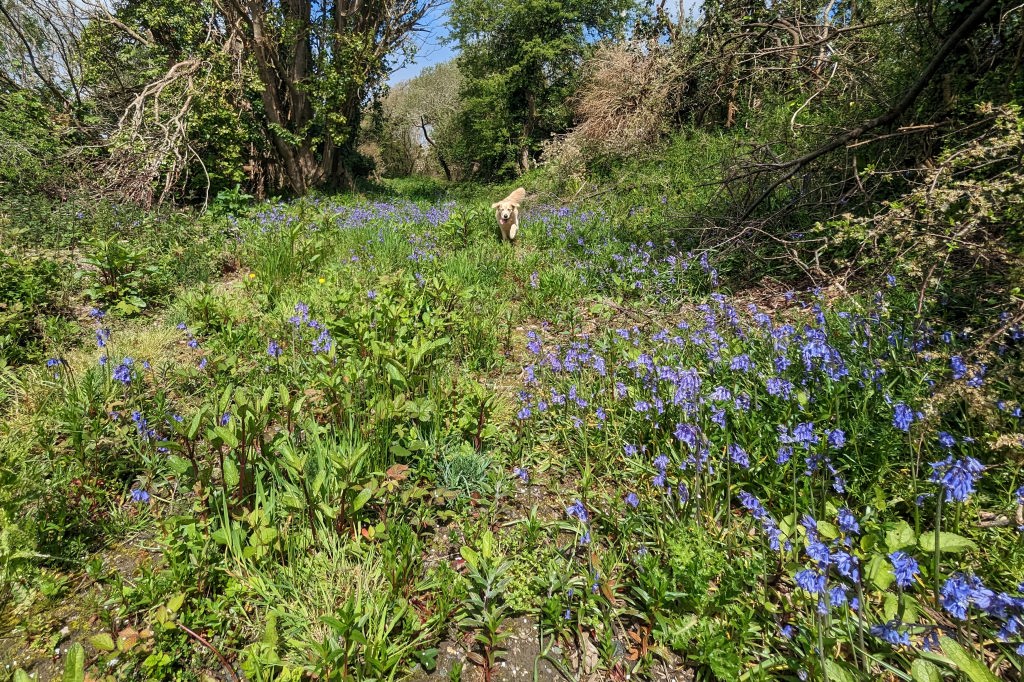
Returning back we hope you will enjoy viewing the vistas from a different perspective, perhaps a second visit of a flower or foraging caterpillar that interested you. Enjoy!
